Guidelines for the monitoring of target non-indigenous species using molecular methods.

View/
Average rating
votes
Date
2021Corporate Author
HELCOM
Status
PublishedPages
6pp.
Metadata
Show full item recordAbstract
These guidelines describe the use of molecular methods for detection of target non-indigenous invasive species. The “target species” are those that “meet specific criteria indicating that they may impair or damage the environment, human health, property or resources and are defined for a specific port, State or biogeographic region (IMO, 2007)”. The criteria and procedure for selecting target species are based on the analysis of their relationship with the introduction vector (e.g., ballast water), the basic ecology of the species and their impact on local species, the environment, human health and resource users (Olenin et al. 2016; Gollasch et al., 2020). The Baltic Sea countries have agreed on the list of target species for the Baltic Sea within HELCOM. The list is being continuously revised and updated by a dedicated Correspondence Group......
Publisher
HELCOMHelsinki, Finland
Document Language
enSustainable Development Goals (SDG)
14.aMaturity Level
MatureSpatial Coverage
Baltic SeaCitation
HELCOM (2021) Guidelines for the monitoring of target non-indigenous species using molecular methods Helsinki, Finland, HELCOM, 6pp. DOI: http://dx.doi.org/10.25607/OBP-1819Collections
- CAPARDUS Practices [244]
- HELCOM Manuals and Guidelines [49]
 Repository of community practices in Ocean Research, Applications and Data/Information Management
Repository of community practices in Ocean Research, Applications and Data/Information Management